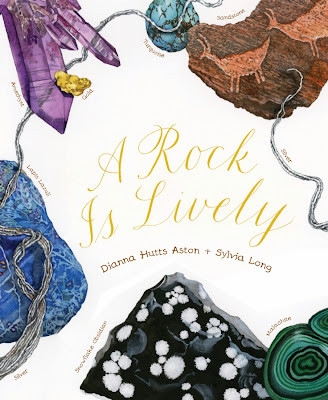 |
| photo by Cyndy Sims Parr |
First, the poem itself:
Brown and furry
Caterpillar in a hurry,
Take your walk
To the shady leaf, or stalk,
Or what not,
Which may be the chosen spot.
No toad spy you,
Hovering bird of prey pass by you;
Spin and die,
To live again
A butterfly.
A shorter version of the poem appears in the excellent First Language Lessons for the Well-Trained Mind: Level 1 and in several places online. Here it is:
Brown and furry
Caterpillar in a hurry,
Take your walk
To the shady leaf, or stalk.
May no toad spy you,
May the little birds pass by you;
Spin and die,
To live again a butterfly.
I think either version is fine. The first one seems to be the poet's original, the second a later simplification, but on to the study!
First, read the poem several times and just enjoy the words and images. The poem is very concrete and accessible; everyone has seem a caterpillar inch along. Everyone has seen toads and birds. Reading and enjoying "The Caterpillar" might be enough, but there is so much more to gain from this little poem.
Notice the rhyme scheme. Rossetti writes in couplets (including the two-word units "spy you" and "by you!").
Notice the punctuation. The first two lines contain no commas within or between the lines. The caterpillar is hurrying and so should the reader. Don't pause between the first and second lines. Then there is a comma between the "shady leaf" and the "stalk." Pause with the caterpillar as it ponders two possible places for its chrysalis.
Notice the line length. The lines alternate between short and long, like the scrunch-up-and-stretch-out motion of a caterpillar or inchworm.
Notice the Christian Imagery. In addition to her poetry for children, Rossetti wrote a lot of devotional poems. The butterfly is a common Christian symbol for resurrection. The caterpillar appears to die when it becomes a chrysalis and returns glorious as a butterfly. "Spin and die to live again a butterfly" on one level is about a caterpillar spinning its cocoon, but on another level, it might refer to a spinster who appears to have missed her opportunity on earth, but will be resurrected gloriously in heaven. (Rosetti had a series of suitors, but never married.) This point may be over the heads of children, but the best children's poetry also works for adults.
What else do you enjoy about "The Caterpillar?" Do you have a favorite poem to study with children? Please share in the comments!
You may find similar articles to this at Trivium Tuesdays.





